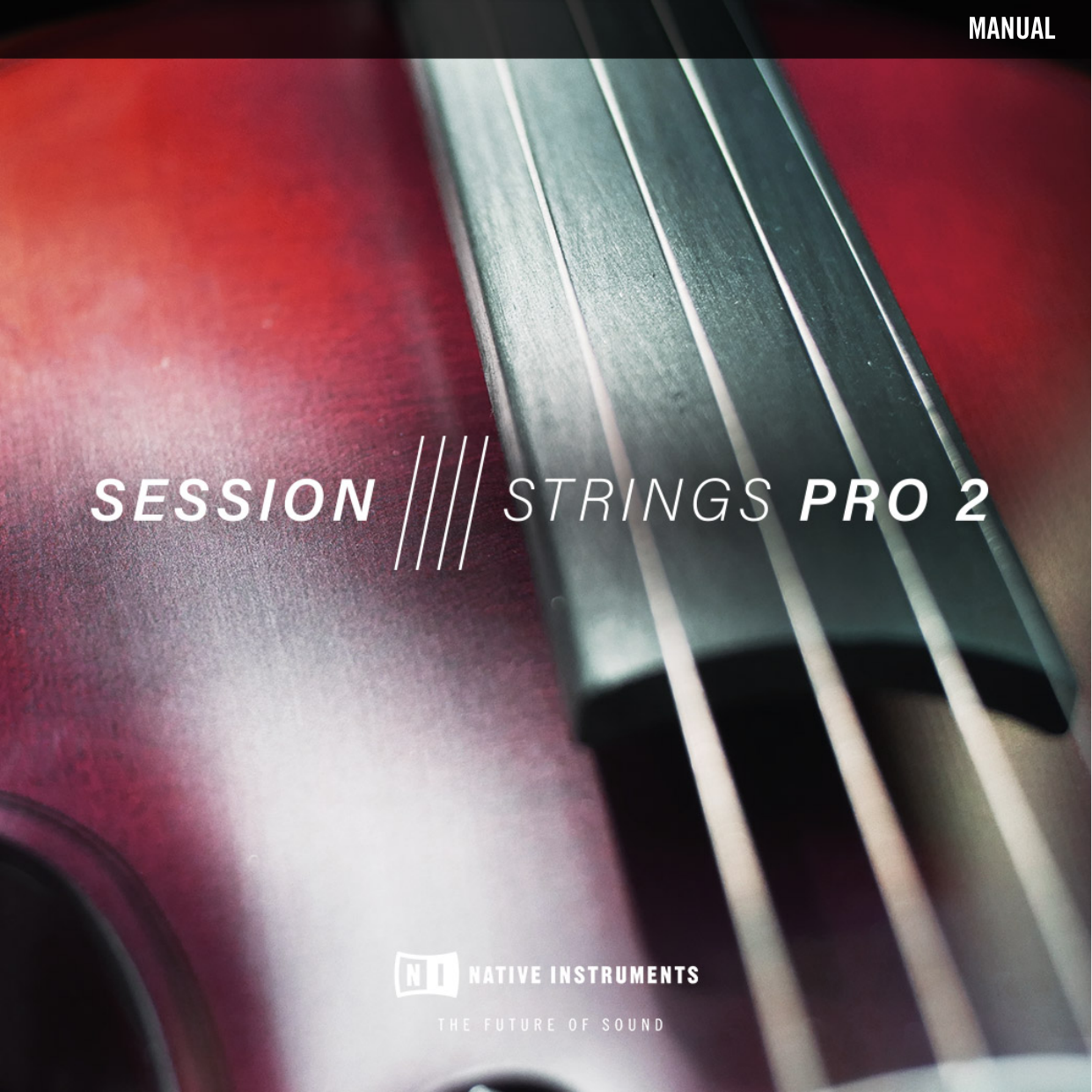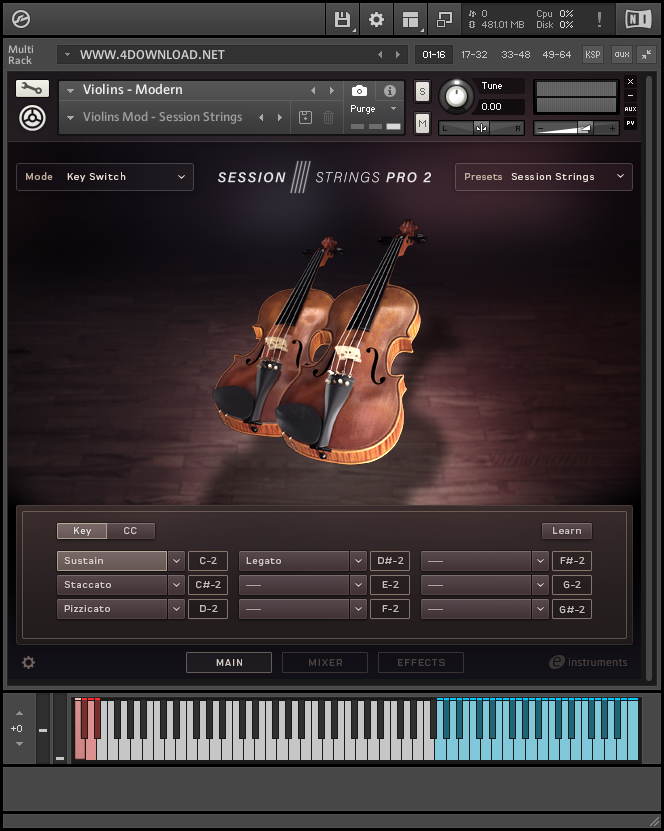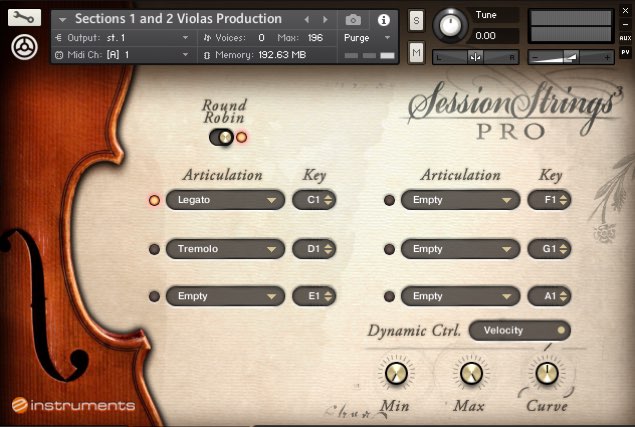

Once he got an eyeful of a sleep-tousled Eve, though, he redirected the flow of his lovey-dovey. Eve, 24, was lying in the bed of Peter Pilafian, electric violinist and road manager for the Mamas & the Papas, when through the front door breezed McGrath. They met on an early morning in June 1967. 7406 Franklin Avenue was, in 1967-the year Eve came along-the place to be. “ he moved to California and away from his wife… a lame Italian countess.… Earl is wonderful at social masterpieces.”ħ406 Franklin Avenue was, in 1966-the year Joan moved in-a ramshackle house in a neighborhood in Hollywood that nobody wanted to go to. “Would you like to hear about my friend Earl?” she asked, and then proceeded to detail his early life as a runaway Catholic schoolboy from Wisconsin his amour with a future Zen monk in Big Sur his stint as head of production at 20th Century Fox in New York.
#Session strings 2 crack how to#
How to explain Earl McGrath, a person who defies explanation? Eve took a crack in a letter written in late 1970 to artist Chris Blum.
#Session strings 2 crack movie#
She had what movie stars have-she had fans. It’s an actor’s trick rather than a writer’s, fitting since Joan didn’t have readers, as writers do. (How could Joan be sexual? That savage appetites, erotic or otherwise, might snarl for satisfaction within a form so slight, an aura so cool, seems inconceivable.) She’s a master of the intimate close-up, gazing through the eye of the camera and directly into your eyes. In several shots, she’s leaning against a Corvette, or sitting in the driver’s seat. I’ll jog your memory: Joan, hair flowing past her shoulders, in a long jersey dress, loose yet clinging, the expression on her face defiant, dreamy, a little bored.

#Session strings 2 crack series#
Wasser’s series is familiar to you even if his name isn’t, because the picture you have of Joan in your mind is likely one he took. In an outtake from Betsy Blankenbaker’s 2001 documentary, New York in the Fifties, Dunne said to the camera, “ was reviewed by someone in The New York Times,” then to Joan, “And it was-boom!-all of a sudden, you were a figure.” Time commissioned portraits, sending photographer Julian Wasser to the Franklin Avenue house. Sometimes, though, a costume change is all it takes. What it was was an old-fashioned gothic horror story tricked out in New Journalism’s clothing. (Remember “High Kindergarten,” where five-year-olds tripped on acid?) It was and it wasn’t. Just as Run, River felt traditional, so Slouching, with its title piece set in Haight-Ashbury, the counterculture capital, felt contemporary. It was both for her next book, the nonfiction collection Slouching Towards Bethlehem, published in 1968, when she, Dunne, and their adopted daughter, Quintana, were living in L.A., at 7406 Franklin Avenue. You must also be lucky: right place, right time.

Joan was, undoubtedly, a genius, but it isn’t enough to be a genius. (“Traditional” can so easily translate to “unadventurous,” “corny,” “irrelevant.”) A painful outcome for any writer, extra painful for one who wanted to be noticed-nay, spectacular-so badly. It was also traditional-a generational drama set in an earlier period-probably the reason critics and audiences paid it little mind. Her first book, fiction, Run, River, published in 1963, when she was living in New York, was assured and arresting. So who was Joan in 1967? A promising but obscure writer. They were also women, a fact fundamental rather than incidental, as you’ll see from the below letter.Īnd now we’ll go back by going back, five years into the past:ġ967, the year Eve met Joan, though the Joan Eve met was not yet Joan Didion. It was the making of one great American writer, the breaking and then the remaking-and thus the true making-of another. And it had all the explosive vitality that the scene at Les Deux Magots on the Left Bank had for Ernest Hemingway and his fellow Lost boys. The Franklin Avenue scene, I call it for reasons that will become apparent. This world turned for a certain number of years in the late ’60s and early ’70s, and was centered in a two-story rental in a down-at-heel section of L.A. Inside: journals, photos, scrapbooks, manuscripts, and letters. The boxes were pristine, the seals of duct tape unbroken. In the deepest reaches of a closet was a stack of boxes packed by Eve’s mother decades before.

Not even Eve, who succumbed to Huntington’s on December 17, 2021, age 78. Nothing could survive an environment so putrid and putrefying. If I had any hopes that Eve kept records or personal papers, they were dashed the instant I crossed the threshold of unit 2 at 951 North Gardner Street.


 0 kommentar(er)
0 kommentar(er)
